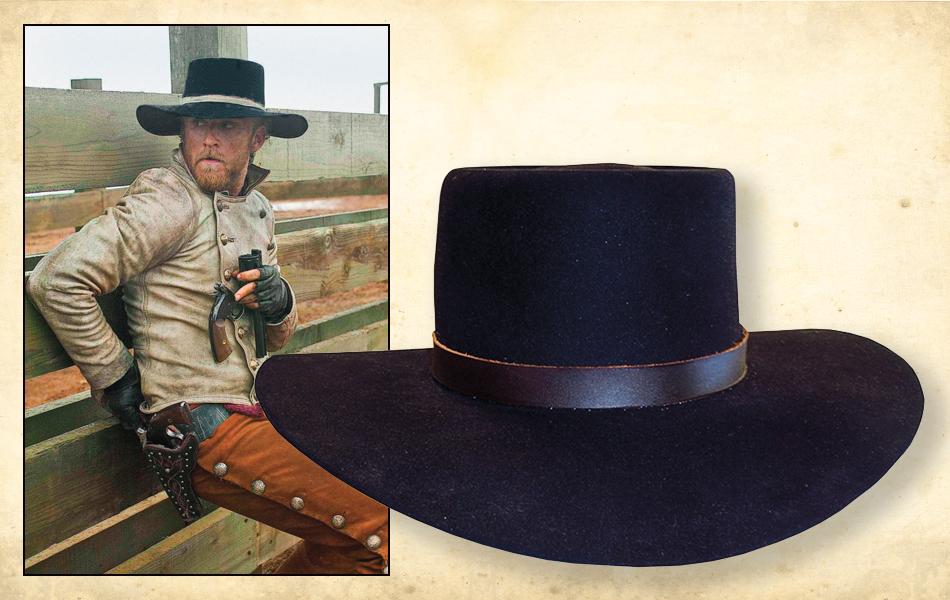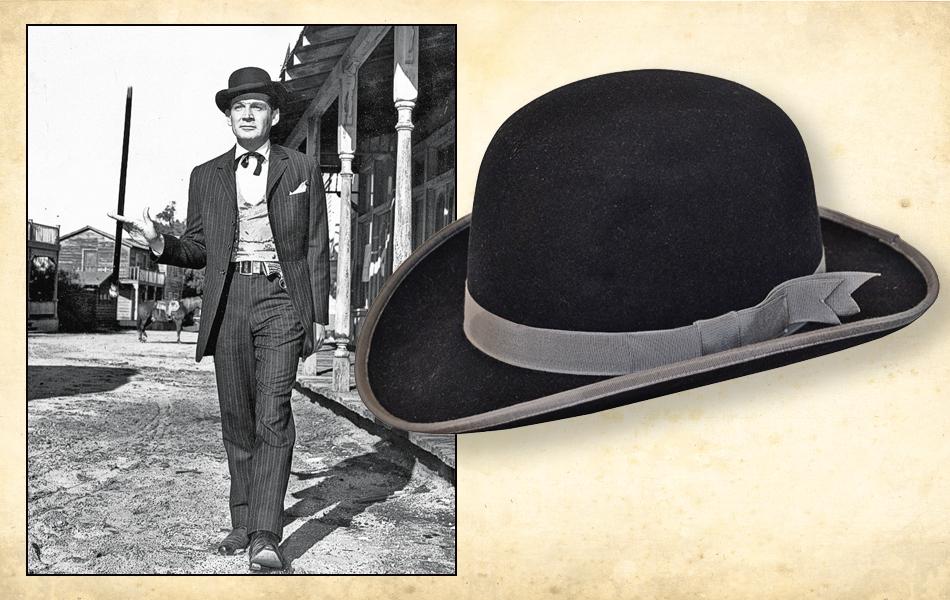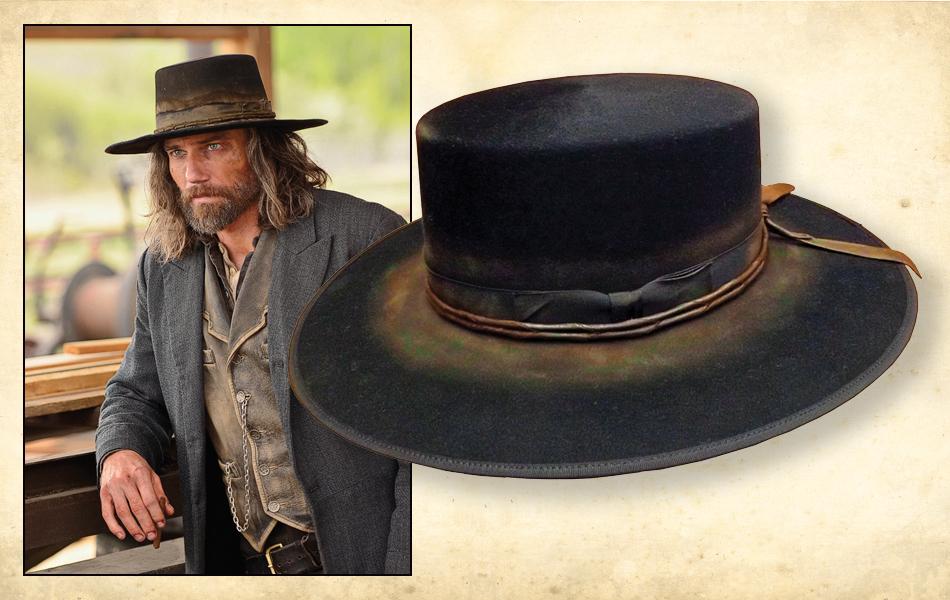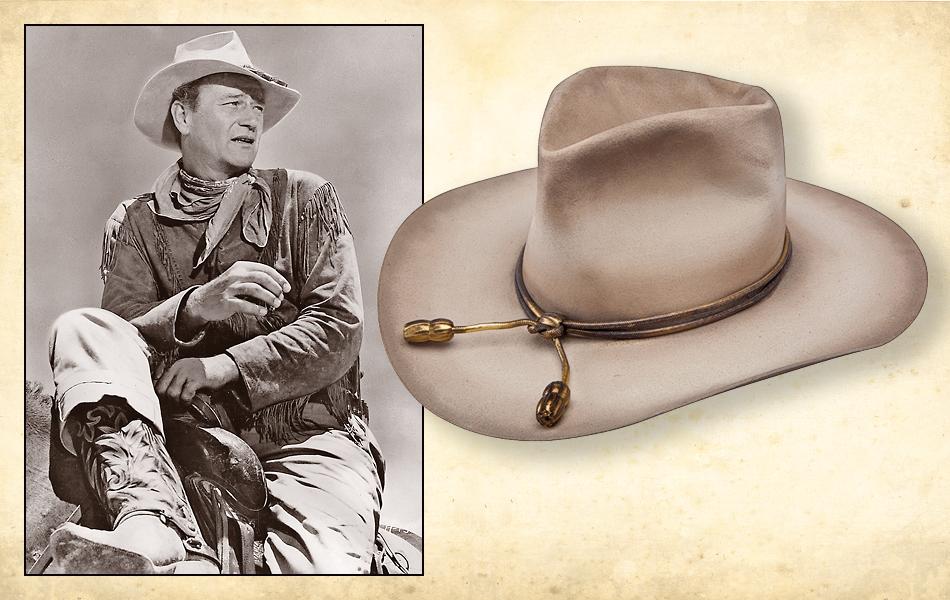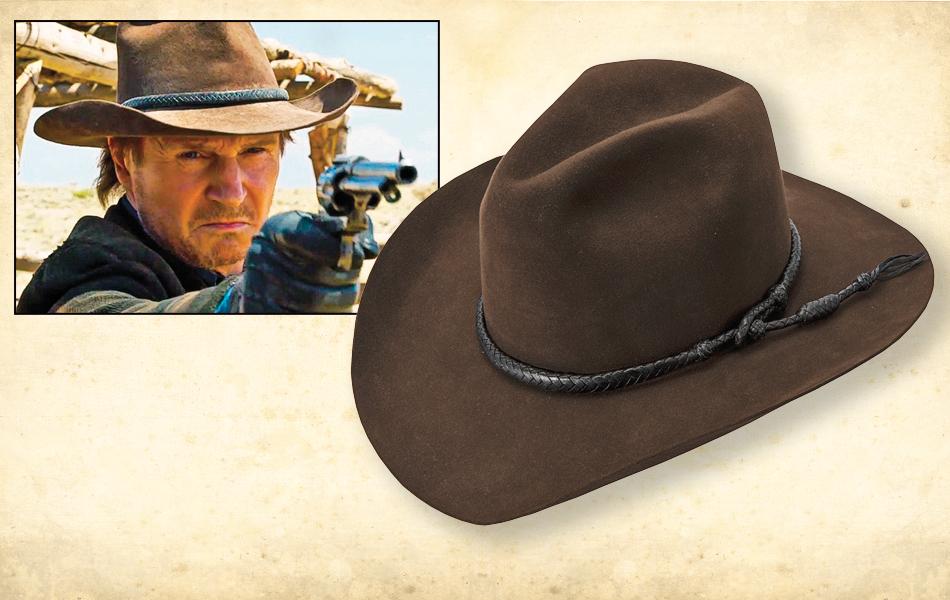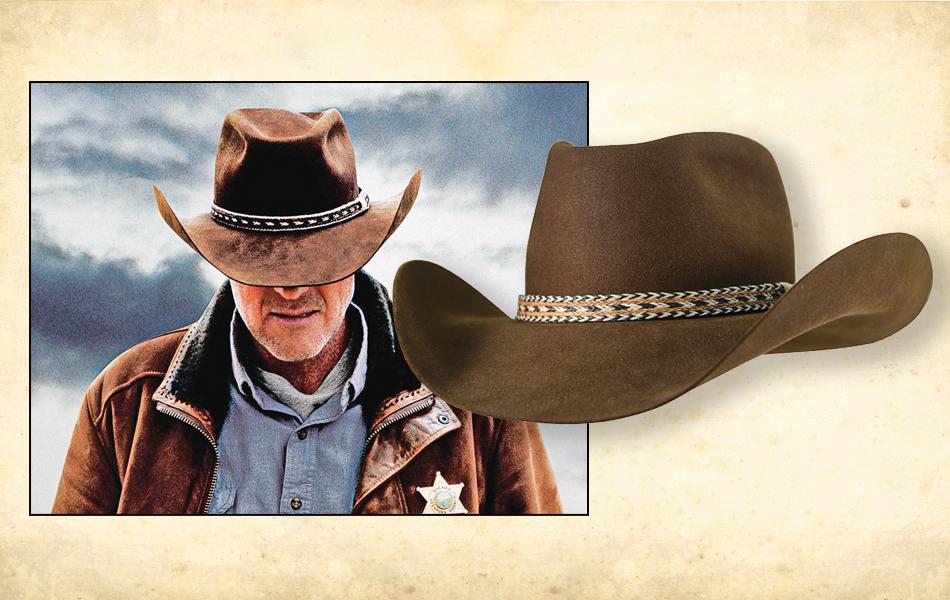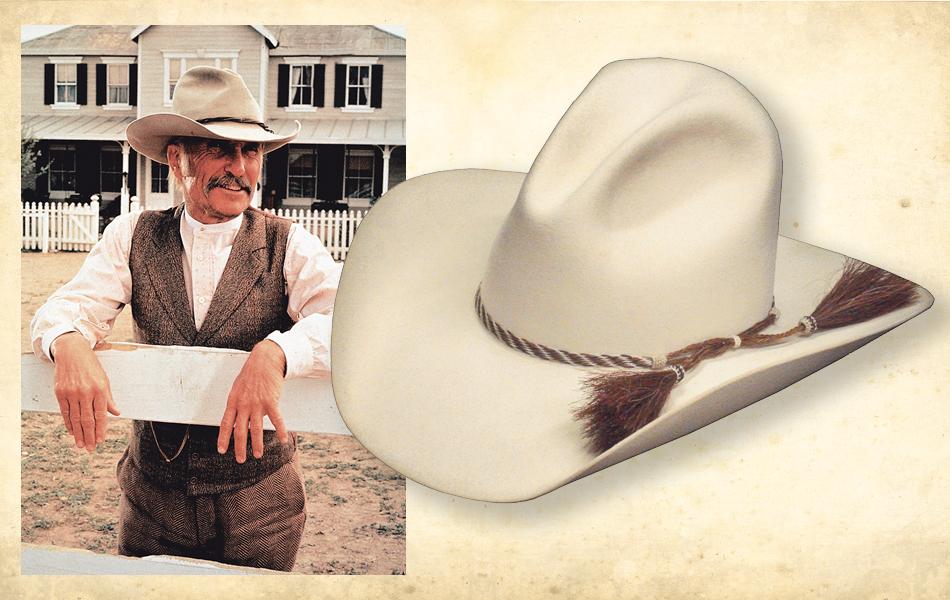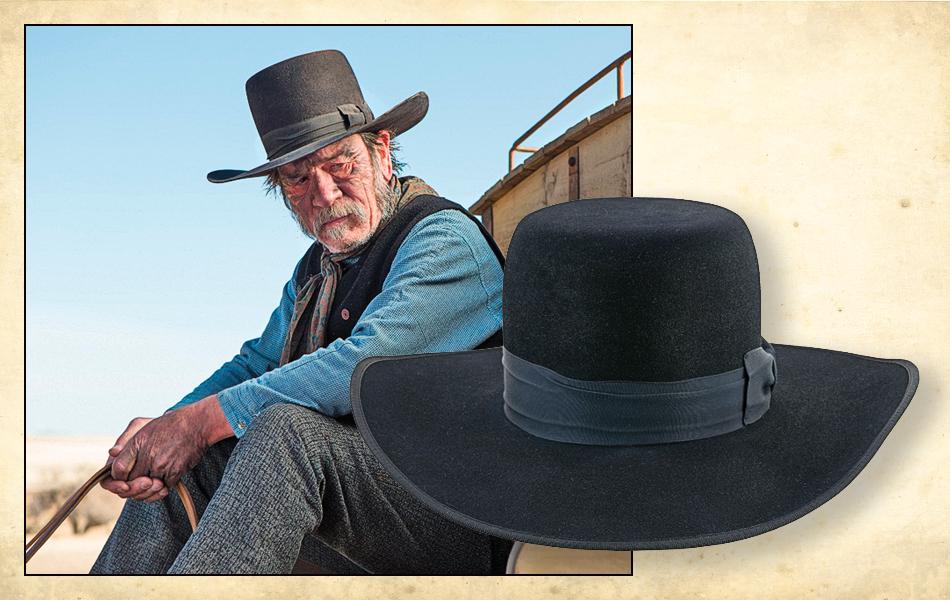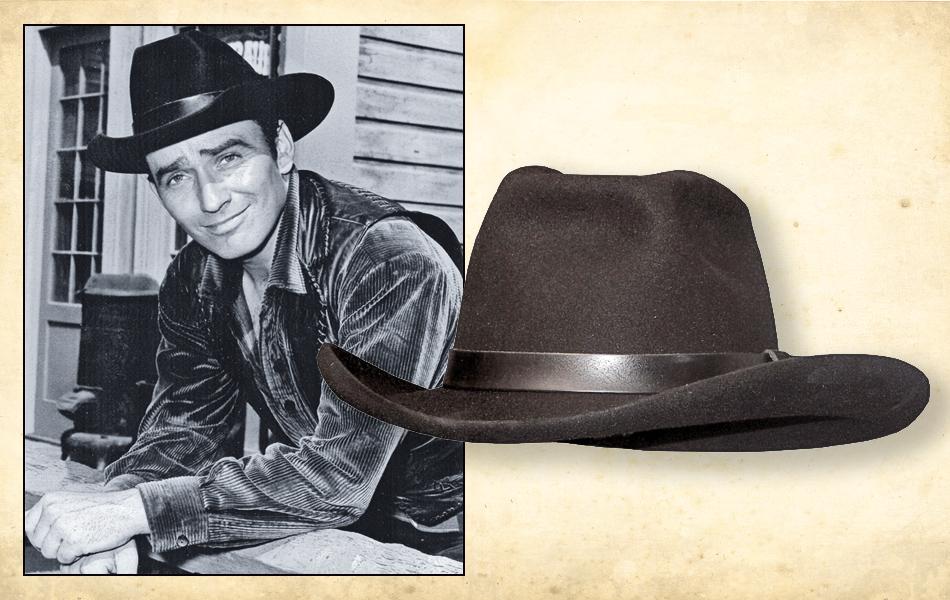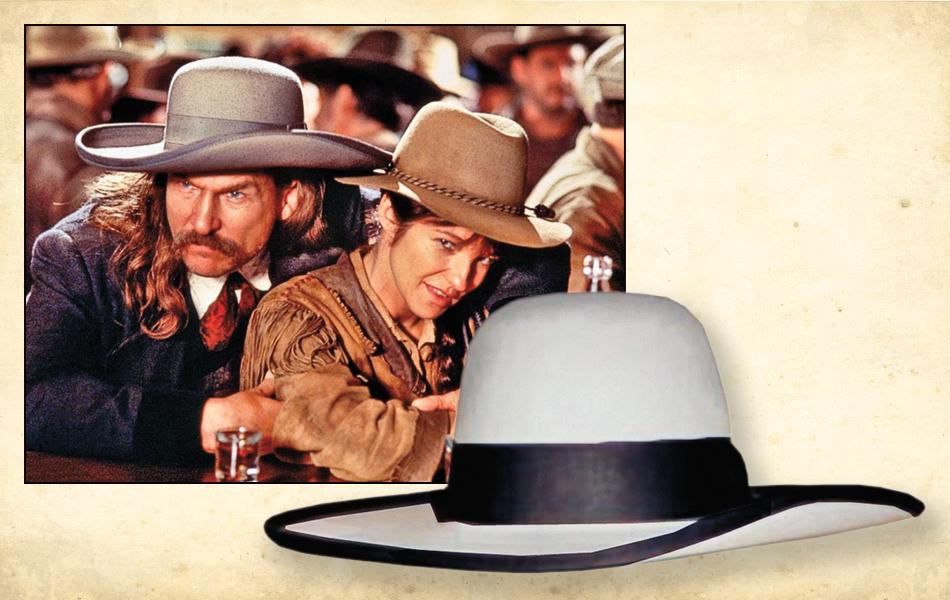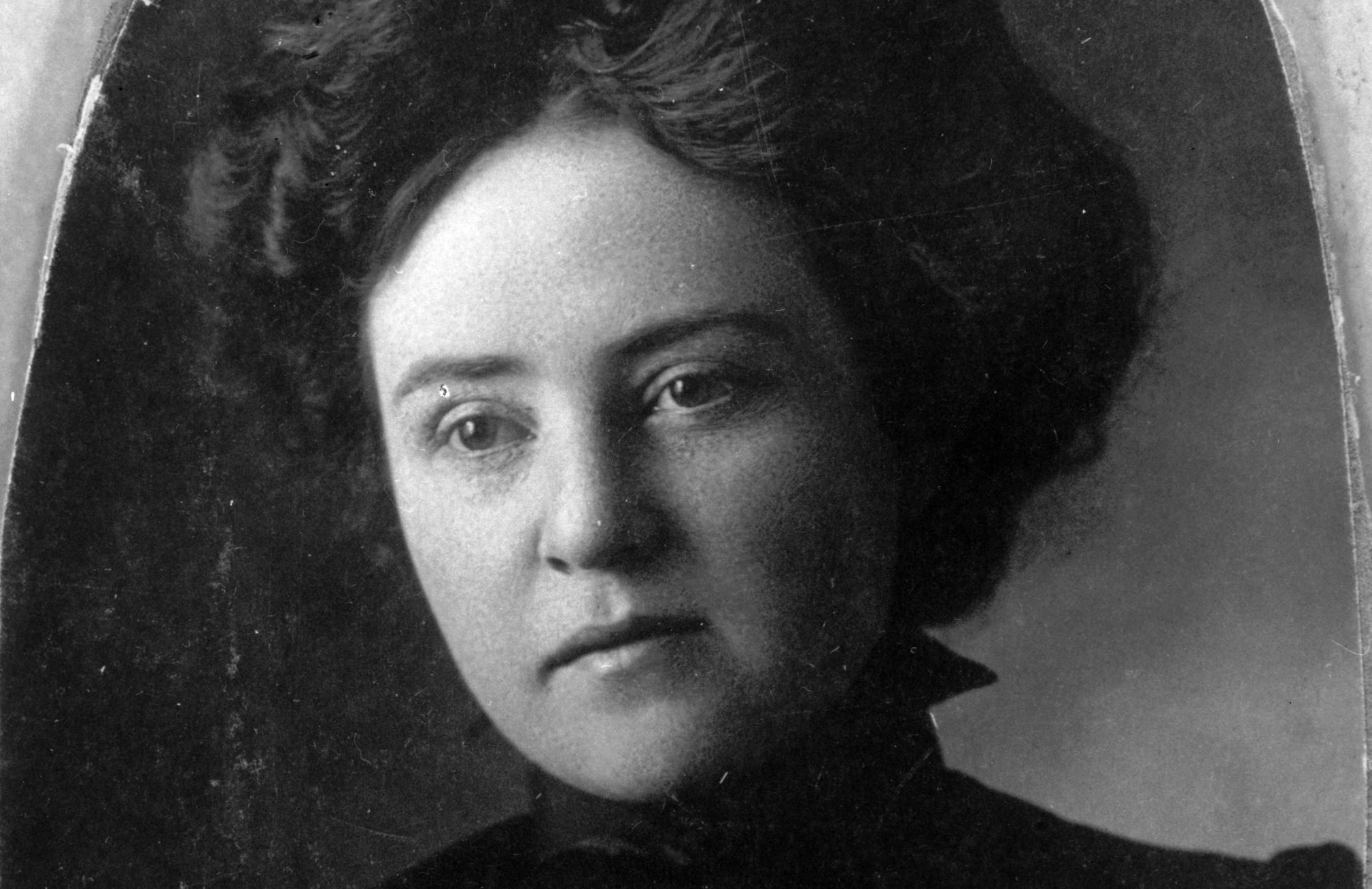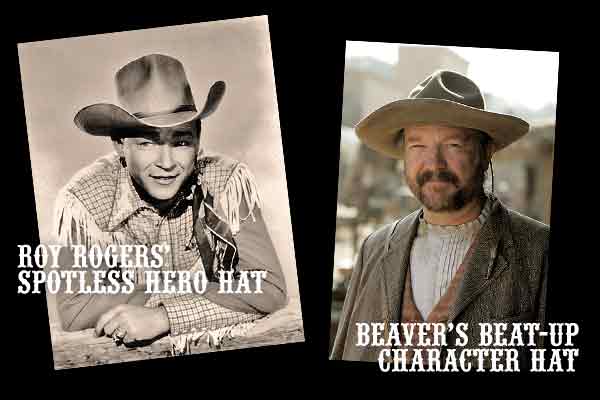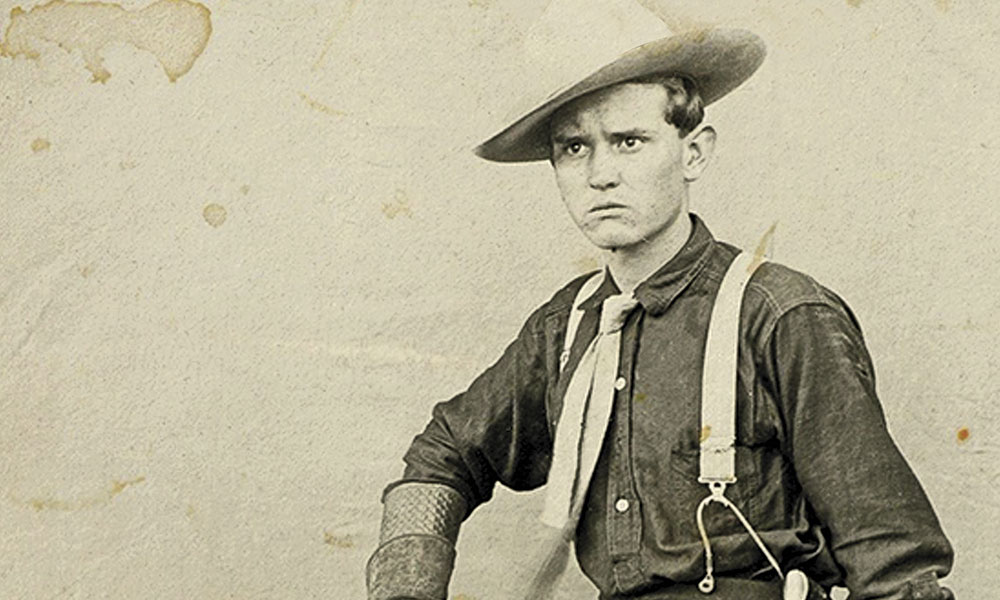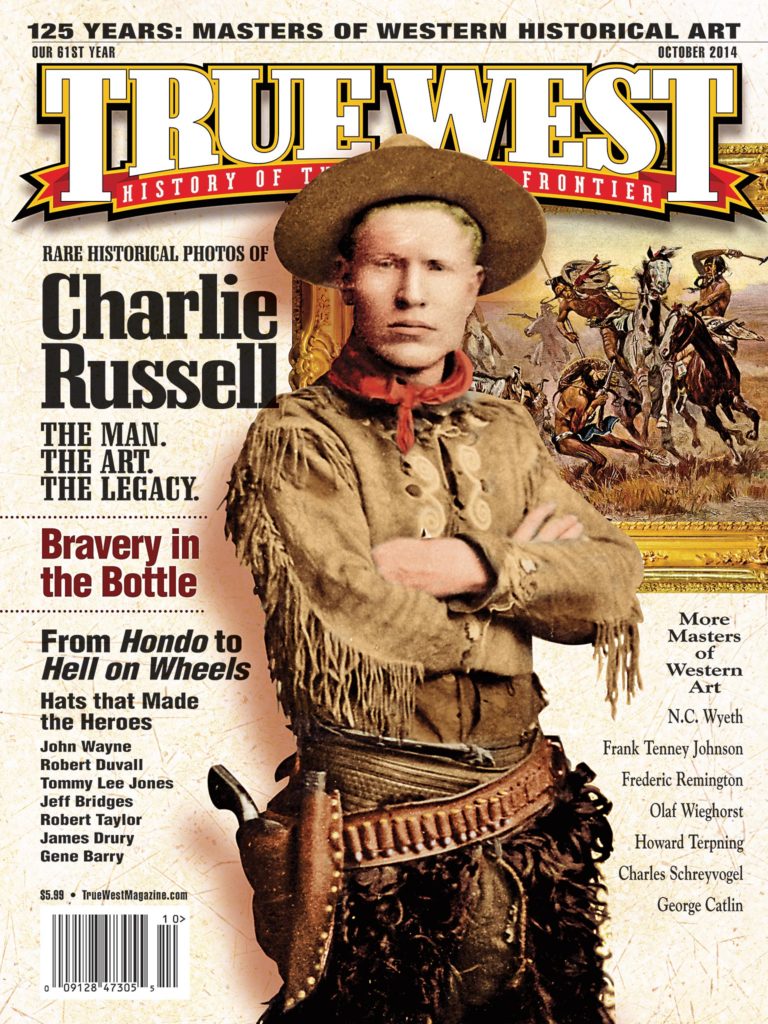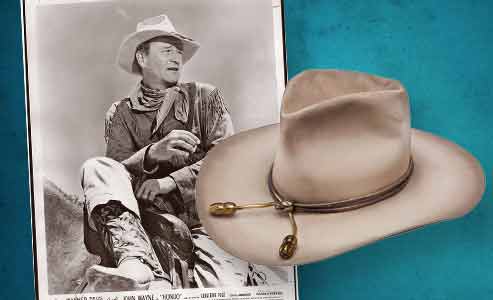 The right hat can make all the difference in a Western. Just think back to Robert Duvall’s pheasant-taking-over-his-head job he wore in 1972’s Joe Kidd versus the hat he wore in the 1989 Lonesome Dove miniseries. Case closed.
The right hat can make all the difference in a Western. Just think back to Robert Duvall’s pheasant-taking-over-his-head job he wore in 1972’s Joe Kidd versus the hat he wore in the 1989 Lonesome Dove miniseries. Case closed.
What follows are a few hat rules every cowboy hero should follow, as well as examples of great hats and where you can get one of these yourself.
Cowboy Hat Rule #1: The hero cannot change hat styles in the middle of a film. Val Kilmer’s Billy the Kid got caught in this trap after Gore Vidal’s crew attempted to duplicate the only-known-photograph hat. So Kilmer’s Kid wore this hat in several scenes, but in later riding scenes, he was back wearing the wider brim sombrero. This scenario is not impossible in the real world, as most cowboys wear different hats for different occasions, but it looks wrong in a movie. We want to see the hero stick with the same hat throughout the production.
John Wayne made this mistake as Davy Crockett. He wears a wide straw during an early scene in 1960’s The Alamo, then at the end, he’s wearing a coonskin cap. However, the Duke did adhere to the same hat rule for most of his career. Wayne stuck with his Stagecoach hat for numerous movies, from The Shepherd of the Hills through John Ford’s Cavalry Trilogy and on up to Rio Bravo and beyond.
Sometimes an actor gets romanced by a hatmaker who foists a ridiculous hat style on the actor, who then demands to wear the inappropriate hat in the movie. This happened to Director John Ford when Pedro Armendáriz showed up to star in 1948’s 3 Godfathers with, not only a new hat, but also chaps, vest and gear, all designed by a friend in Mexico. Ford put his foot down and told the actor that he was portraying an outlaw who probably stole his clothes and couldn’t afford such fancy duds. Armendáriz threatened to quit, but Ford prevailed.
Some directors aren’t so lucky. In Walter Hill’s 1995 Western, Wild Bill, Ellen Barkin as Calamity Jane, playing across from Jeff Bridges as Wild Bill Hickok, was so enamored of Doris Day in 1953’s Calamity Jane, that she showed up with a similar hat. She looked so goofy that the hat ruined her performance. At least it did for me, but then I’m a serious hat guy.
Cowboy Hat Rule #2: A hat brim can be too large for the actor. Robert Mitchum’s sombrero in 1959’s The Wonderful Country is a great hat, but it is precariously close to a beach bum hat. As accurate as it may be, Mitchum looks less than studly wearing it.
Cowboy Hat Rule #3: A hat brim can be too small. It’s hard to play a big dog with a little brim. Face it, Paul Newman in 1972’s The Life and Times of Judge Roy Bean looks a little goofy.
Cowboy Hat Rule #4: The hat that endures in movies is the hat that tells us who the character is before he opens his mouth. When you see Clint Eastwood in 1976’s The Outlaw Josey Wales, you know exactly who he is.
Photo Gallery
3:10 to Yuma’s Charlie Prince dons a hat with a healthy dip as seen in Last Best West’s version, a 50-percent beaver fur felt, telescope crown hat with a four-inch brim; $435. The right-hand man of the main antagonist, Ben Wade, Prince was first portrayed on the big screen by Richard Jaeckel in 1957 and then by Ben Foster (left) in 2007.
Actor Gene Barry must have admired the real-life U.S. marshal Bat Masterson, as he not only starred as the gunman in the NBC series that aired from 1958 to 1961, he also re-created the role in CBS’s Guns of Paradise series and in the NBC movie The Gambler Returns: The Luck of the Draw. Available in a variety of colors, Limpia Creek Hats’ Gene Barry hat comes in 100-percent rabbit ($310), beaver blend ($460) or 100-percent beaver ($760).
Cullen Bohannon fought courageously as a Civil War captain, only to discover Union soldiers had killed his wife and son, and burned his plantation. AMC’s Hell on Wheels follows the hero gone bad, played by Anson Mount, as he seeks revenge along the Union Pacific tracks. Buckaroo Hatters makes his distressed pure beaver black hat, with an inward tapered crown, a 3¾-inch flat bound edge and a custom leather hat band; $705.
John Wayne’s Hondo Lane is an ironic hero; he is an outsider who eventually charms his host, a homesteader’s wife, into seeing him as someone to trust. Resistol makes the Hondo hat, a distressed and hand creased 10X fur felt hat in silverbelly, with a roan leather sweatband and embroidered lining; $300.
BLACK HAT VILLAIN
Don’t let Liam Neeson’s bandit gunslinger know that his wife has agreed to help Seth MacFarlane’s cowardly farmer hero win a duel! Watson’s Hat Shop makes the Neeson, a pure beaver fur felt hat shown here with a custom braided kangaroo hat band; $900.
Author Craig Johnson admits his Walt Longmire hero is less-than-perfect; he’s overweight, he’s depressed and he’s never going to get over the loss of his wife. Fans who want to wear the sheriff’s hat donned by Robert Taylor in the A&E series can call on O’Farrell Hats, which makes the Longmire with three-finger RCA and felt beaver blend; $725.
Robert Duvall’s Augustus McCrae has become such an epic hero in the pantheon of Western characters that his hat is recognizable as the “Gus.” Catalena Hatters makes the 100X-quality Gus in bone, with a horsehair hatband; $850.
In Tommy Lee Jones’s latest Western, due out this November, the actor plays an unlikely hero—a claim jumper rescued from an execution who has been asked to lead madwomen safely on a journey across Nebraska’s brutal plains to head back East. The George Briggs hat by Baldwin’s Custom Hat Co. features a six-inch-tall, flat on top crown in 100-percent beaver fur, with a 4½-inch bound edge bridge, dipped on the front and back, that is finished with a 1¾-inch, worn and creased, black ribbon hatband; $634.
Although Owen Wister’s narrator both idealized and criticized the author’s “Horseman of the Plains” hero, James Drury got to play the Virginian as a man without a past, a man of mystery, in the 90-minute NBC series that aired from 1962-71. Knudsen Hats makes The Virginian hat, with its pencil curl brim, in different fur qualities starting from 6X to 100-percent beaver. The price starts at $319.98, which includes the hatband.
Walter Hill’s 1995 Western gave Calamity Jane the hero she wished had been hers in real life, legendary lawman Wild Bill Hickok, played by Jeff Bridges. Jaxonbilt Hat Co.’s “Wild Bill” beaver fur felt silverbelly hat features a 4½-inch bound edge brim and a 5¾-inch crown with granite gray trim; $495.


